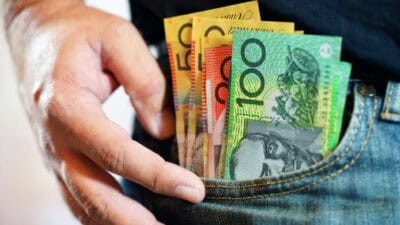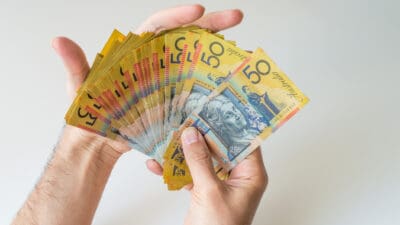Australian Foundation Investment Co Ltd (ASX: AFI) is the largest listed investment company (LIC) in Australia. It's known for paying consistent dividends to shareholders. But, how large is the AFIC dividend yield?
For readers who don't know, the purpose of a LIC is to invest in other shares (or assets) on behalf of shareholders.
Due to the company structure, the board of directors can decide how much of a dividend to declare each year. This gives them more control over the level of income that shareholders receive each year.
LICs have the option of using the investment profits of both dividends and capital gains to pay investors.
AFIC has built a reputation for paying a steady stream of dividends. Indeed, that's one of its main objectives. It states:
AFIC aims to provide shareholders with attractive investment returns through access to a growing stream of fully franked dividends and enhancement of capital invested over the medium to long term.
AFIC's current dividend yield
The listed investment company has been paying an annual ordinary dividend per share of 24 cents for a number of years.
Sometimes it has had to use its profit reserve to keep paying that dividend, whereas in other years the profit generated has been larger than the dividend payments.
But, due to its multi-decade history, AFIC has managed to build a good profit reserve that can be tapped during volatile times.
Using the current annual dividend payout of 24 cents per share, at the current AFIC share price, the AFIC dividend yield is 3.3%, or 4.7% including the franking credits attached to each payment.
What does the current portfolio look like?
As a LIC, the returns generated by the fund's investments dictate its profits.
The investments it normally makes are done with the long-term in mind, so they don't normally change much from month to month. But I think it's worth knowing the sorts of businesses that investors are getting the biggest exposure to.
At 30 September 2022, these were the positions that had a weighting of at least 4%:
Commonwealth Bank of Australia (ASX: CBA) – 9.1% of the portfolio
CSL Limited (ASX: CSL) – 8.6% of the portfolio
BHP Group Ltd (ASX: BHP) – 7.8% of the portfolio
Transurban Group (ASX: TCL) – 4.5% of the portfolio
Macquarie Group Ltd (ASX: MQG) – 4.3% of the portfolio
National Australia Bank Ltd (ASX: NAB) – 4.1% of the portfolio
Westpac Banking Corp (ASX: WBC) – 4.1% of the portfolio
Wesfarmers Ltd (ASX: WES) – 4% of the portfolio
AFIC share price snapshot
Over the last six months, AFIC shares have fallen by close to 12%. This compares to a 4.5% decline for the S&P/ASX 200 Index (ASX: XJO).









